Have you ever heard someone talk about the “bugs” at their wastewater treatment plant (WWTP) and wondered “what the heck are they talking about?” You may have thought, “I don’t see any bugs in the wastewater.” Don’t worry, you are not alone! These “bugs” are in a whole other world we can’t see with our naked eyes. So let’s peer through a microscope at these “bugs”...
The proper term for these “bugs” is microorganisms. These microorganisms are very valuable to a wastewater operator, as they are a great indicator for understanding how a WWTP is performing. Examining these microorganisms can give an indication whether the plant has incoming toxicity, a nutrient imbalance or cause of foaming and bulking, where sludge fails to separate out.
The best place to look for the different kinds of microorganisms in a WWTP is in the activated sludge. Activated sludge typically will be made up of 95% bacteria, 4% protozoa and 1% metazoa. Bacteria removes nutrients in the wastewater while protozoa eats the bacteria and metazoa consumes bacteria and the protozoa.
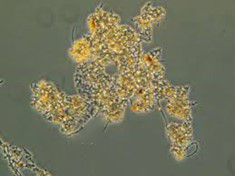 There are three types of bacteria: free swimming bacteria, flocculated bacteria and filamentous bacteria. As the bacteria in the activated sludge keep growing, they produce flocculating agents to stick together. When we look under the microscope, our hope is to see a healthy flocculated – or floc – bacterial mass like this picture to the right.
There are three types of bacteria: free swimming bacteria, flocculated bacteria and filamentous bacteria. As the bacteria in the activated sludge keep growing, they produce flocculating agents to stick together. When we look under the microscope, our hope is to see a healthy flocculated – or floc – bacterial mass like this picture to the right.
The long, thread-like strands you see in healthy floc are called filamentous bacteria. These bacteria add a backbone to floc structures. Although, if a lot of filamentous bacteria are present, they can be an indication of older sludge or little organic matter compared to the number of microorganisms.
Now what about those microorganisms that consume the bacteria? The protozoa and metazoa are the creepy crawly looking organisms seen under the microscope that also are very important indicators to the wastewater operator about how his/her plant is performing. The chart below illustrates the relative predominance of protozoa and metazoa to produce good settling of the activated sludge.
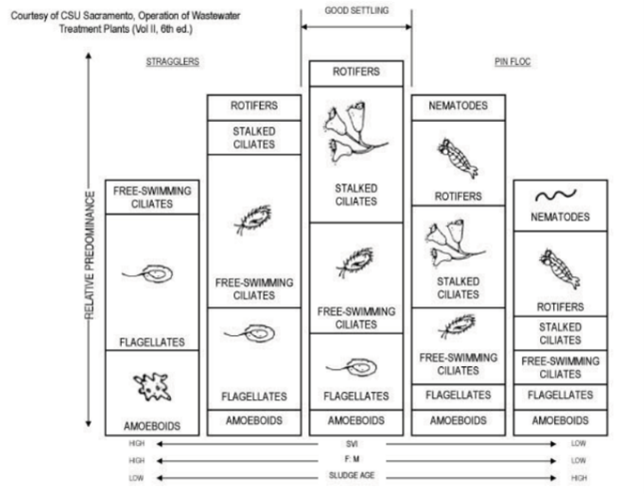
Looking under the microscope, you may find an amoeba, like the one below. It looks like a giant blob coming to consume the bacteria! Finding a lot of these microorganisms can be indicative of a young sludge age.
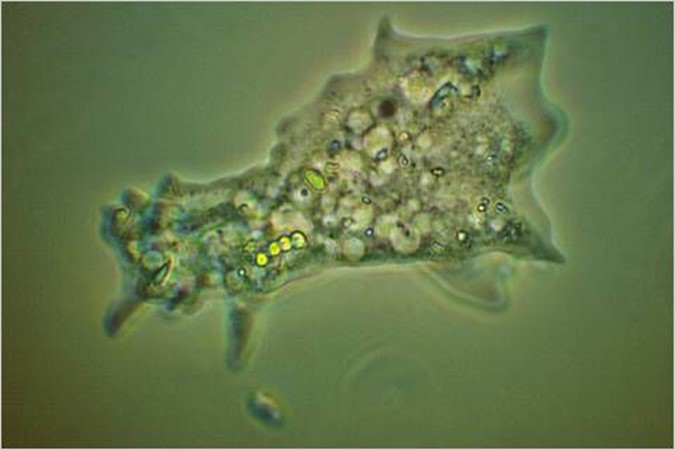
Below is an image of stalked ciliates. They look like tiny plants in the sludge! Finding a lot of these organisms is a good indication the plant has a healthy activated sludge with good settling.
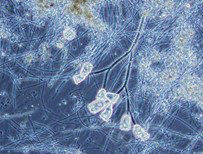
How about a metazoa in your activated sludge, like this rotifer in the image below? I would be very nervous as a bacteria if a giant mouth like this was coming after me! It’s okay to find a few rotifers in the activated sludge. Although if you see a lot of them, they could be an indication the sludge age is old and there may be little nutrients left.
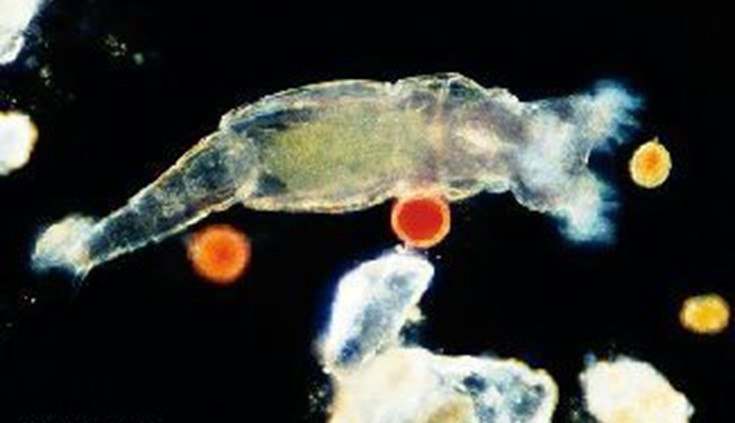
Understanding the types and quantities of microorganisms in activated sludge can be a very powerful tool for WWTP operators. Sludge age is a very good indicator of the overall health of activated sludge and also is one of the easiest variables to manipulate. If there is an indication the sludge age is too young, the operator should waste less sludge. If the sludge age seems too old, then the operator should waste more.
I hope you have enjoyed this journey into the world of wastewater “bugs.” These little guys are very important to producing a good quality effluent at your WWTP.
Tags
